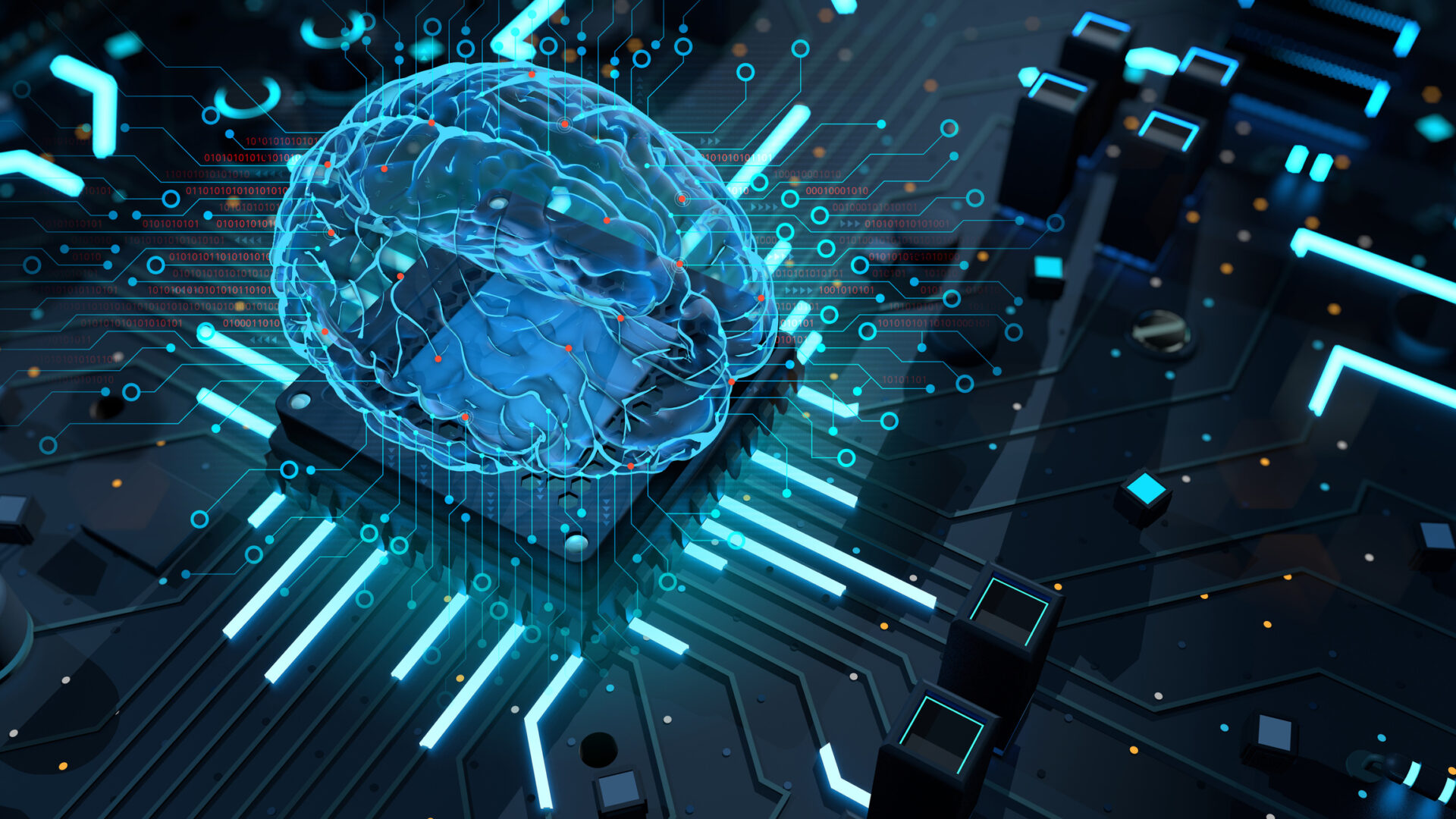Hidden Risks of AI in Cyber & Security Tech: Without AI Literacy, We’re All at Risk

Without a doubt, a cybersecurity professional makes efficient use of AI to detect threats, automate responses, and enhance defenses. How often does the use of AI make you think about proper AI literacy? Believe it or not, AI literacy has become crucial at this point, and here’s why:
- AI-driven security tools heavily rely on data – which is often biased or incomplete. This can lead to false positives, undetected threats, and security blind spots.
- AI is an excellent tool that automates pretty much everything, but without human oversight, risks could get misclassified or even fail to recognize sophisticated attacks – leading to gaps in your defense.
- Cybercriminals are now weaponizing AI to detour security systems, and this is done by using deepfake phishing, AI-driven malware, and adversarial attacks to manipulate detection models.
- AI is a tool that is processing massive amounts of critical data, even now, as we speak. This makes it a prime target for breaches. If there is no proper oversight or control in place, it can lead to legal penalties, lawsuits, or liability issues which might lead to heavy costs.
It’s important to remember that AI is just a tool, not a replacement for human expertise. While automation can be excellent, relying too much on it can lead to disastrous consequences.
To benefit from AI efficiently while mitigating its risks, professionals like you must fully understand and develop AI literacy – understanding its strengths and weaknesses, and a safe usage of the innovation.
The question is: Are you ready to secure AI or is AI going to secure you?

